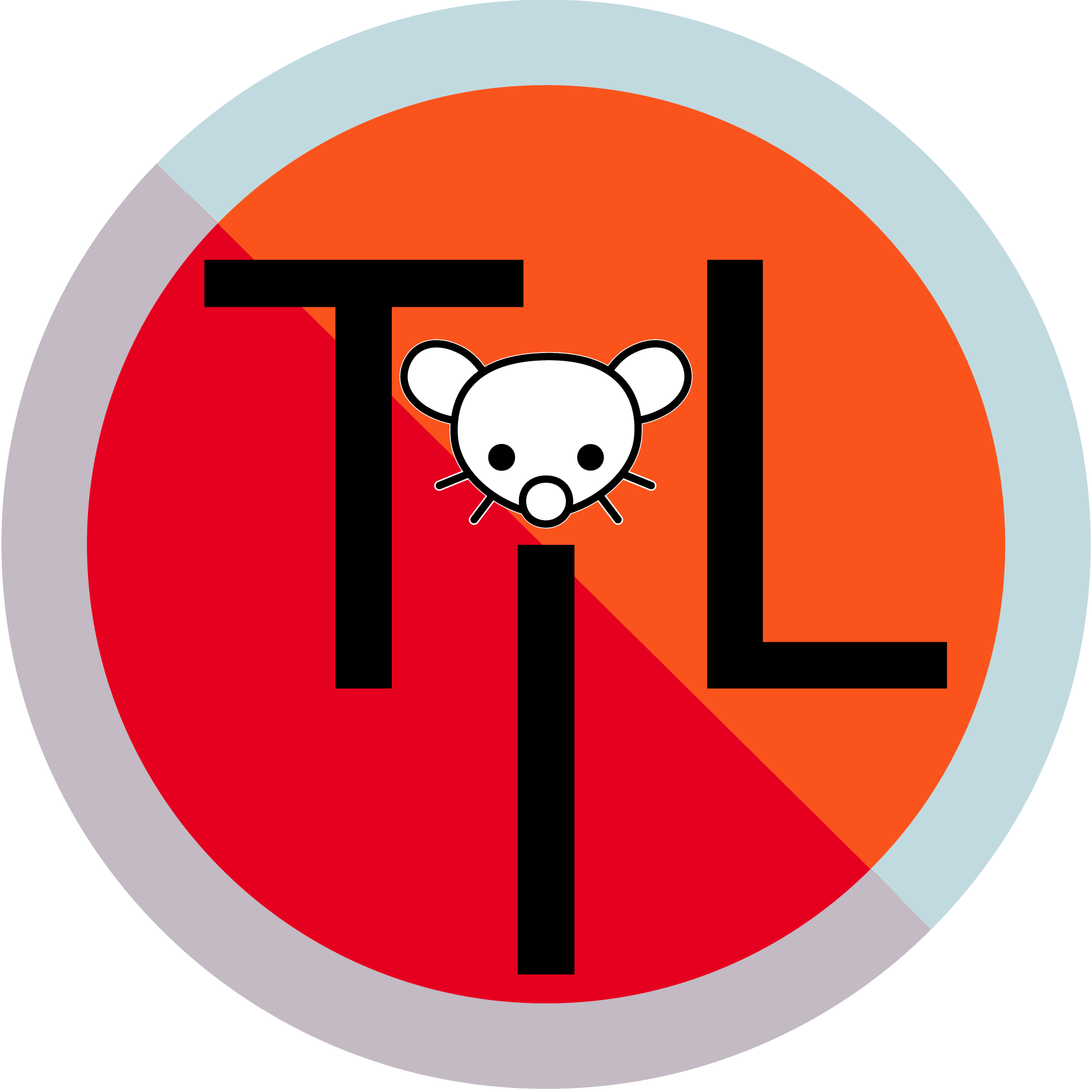

You are out of date: https://en.wikipedia.org/wiki/Mississippi_Miracle
"After adjusting for demographics, in 2024, Mississippi was the nation’s #1 state in Reading as well as in Mathematics. The state was the state whose students’ performance increased the most from 2013 until 2022, despite the Covid-19 pandemic which contributed to depressed scores nationwide.[10]
Even without any adjustments for demographics, Mississippi ranks ninth in fourth-grade literacy. African-Americans in Mississippi outperform African-Americans in 47 of the other 49 states in reading; Mississippi’s Hispanic students actually lead the nation for their demographic in reading (and second place in math)."









People with big mouths (like me, I have a big mouth) eat hotdogs in bites that span left to right, and top to bottom along (approximately) a plane that lies perpendicular to the axis along which the hotdog was extruded. With this approach, the condiments merely have to run the length of the hotdog (or just the bun if you dislike messy eating) in order for them to participate in every bite.
Only small mouth dweebs that can’t fit a wide, juicy frank into their mouth when they’re gobbling down a… Nevermind, I think I got sidetracked.